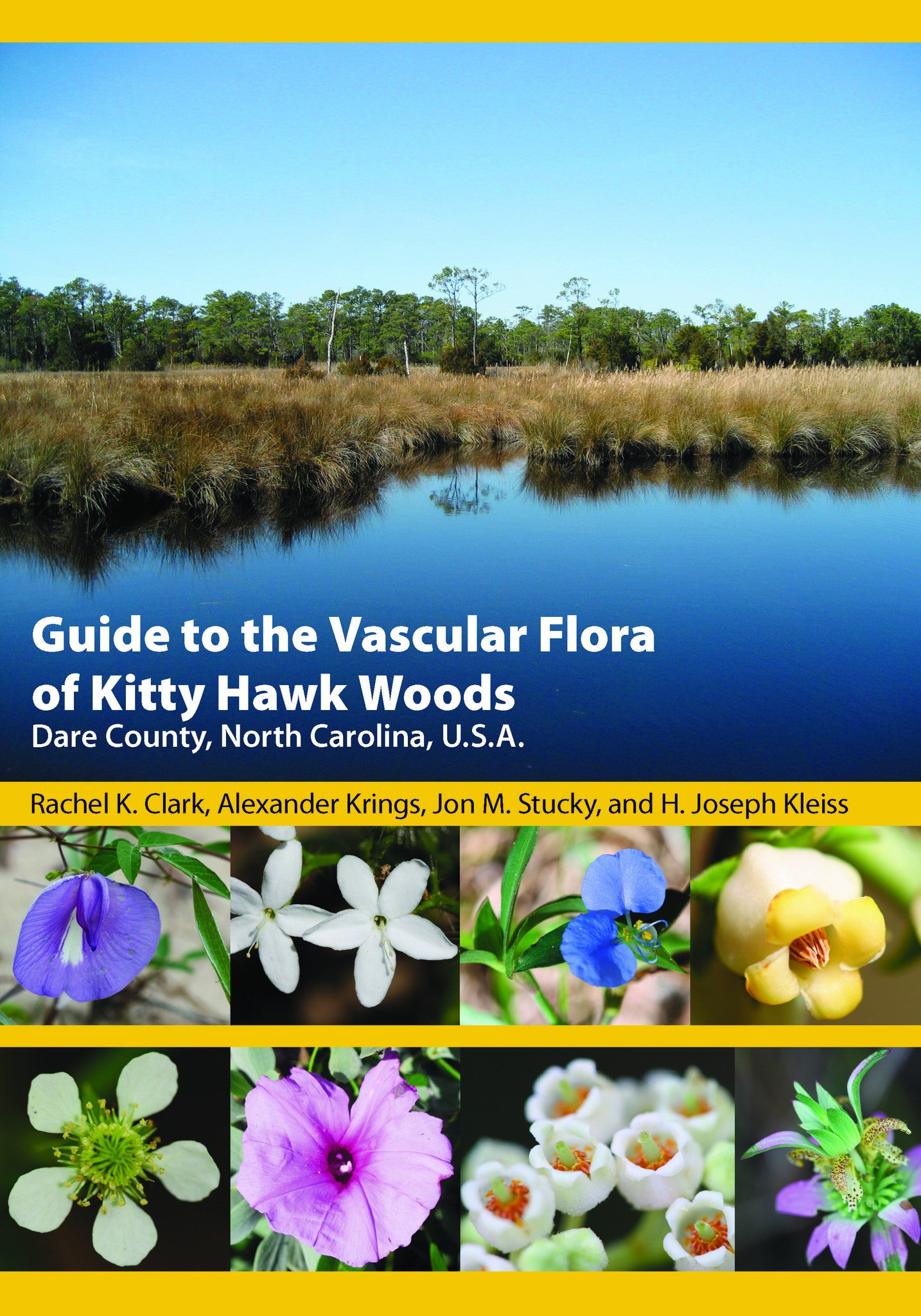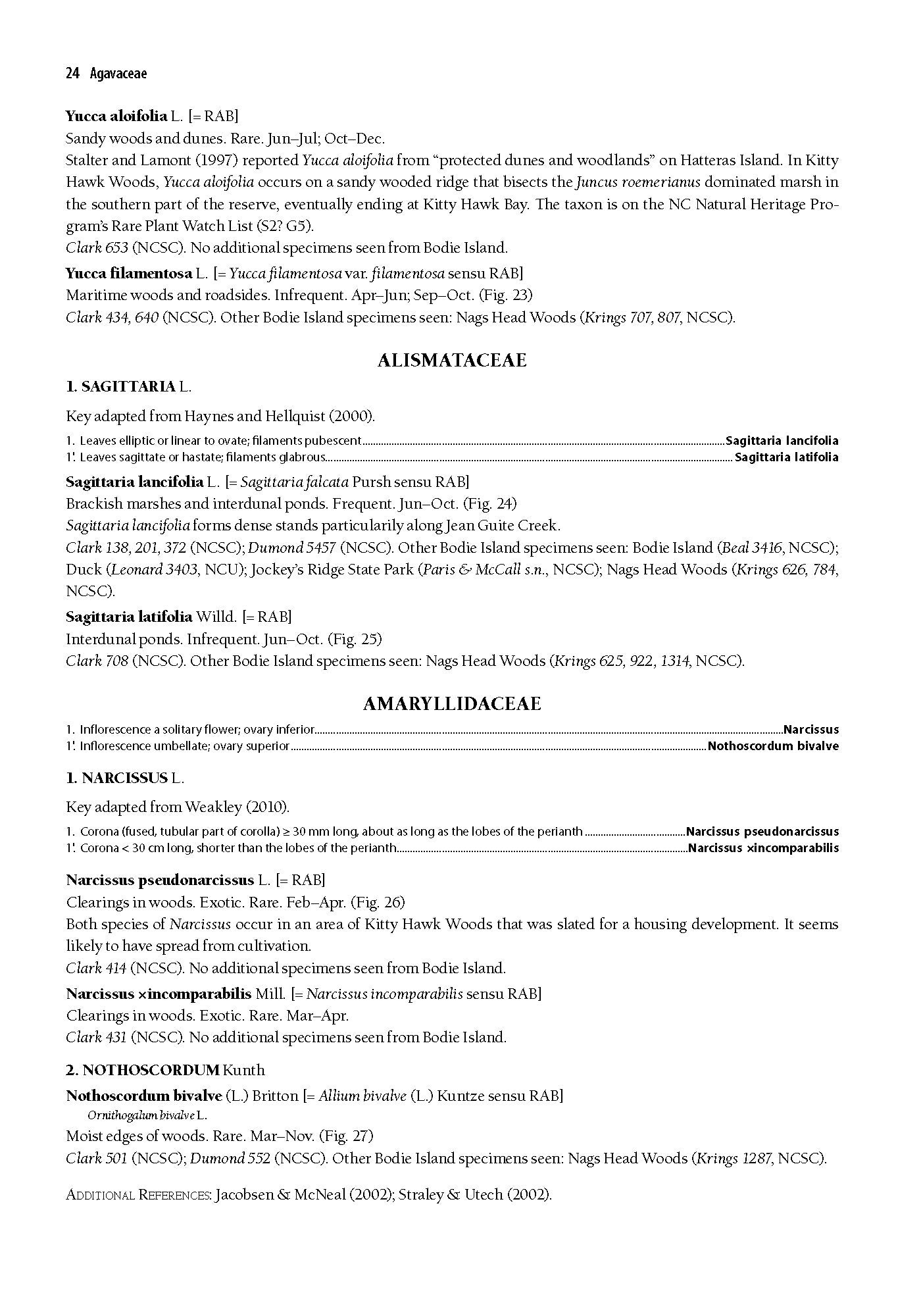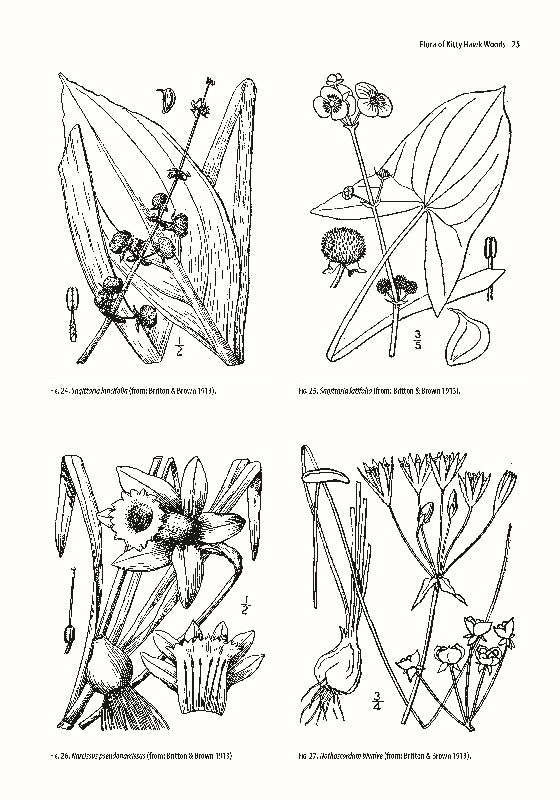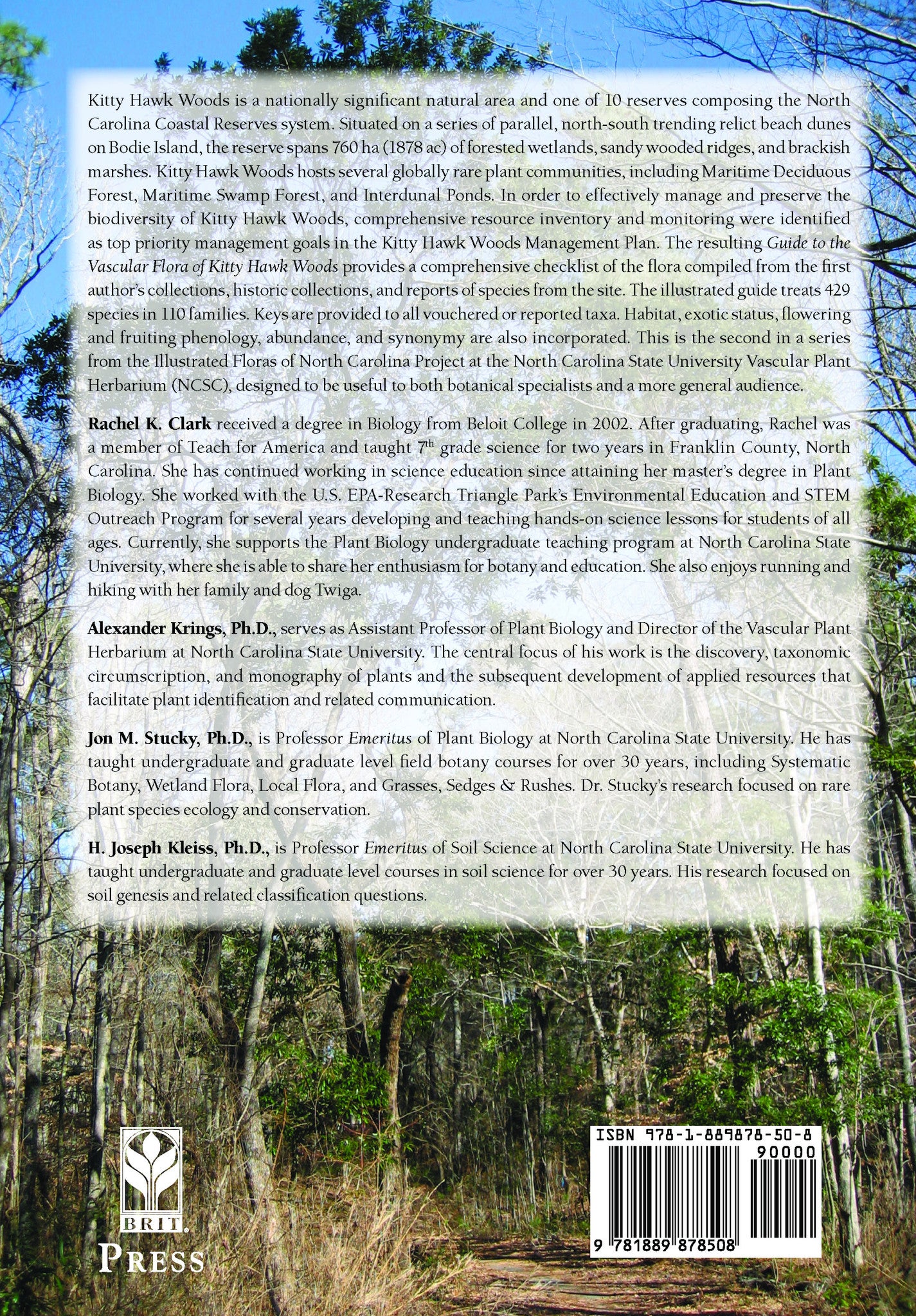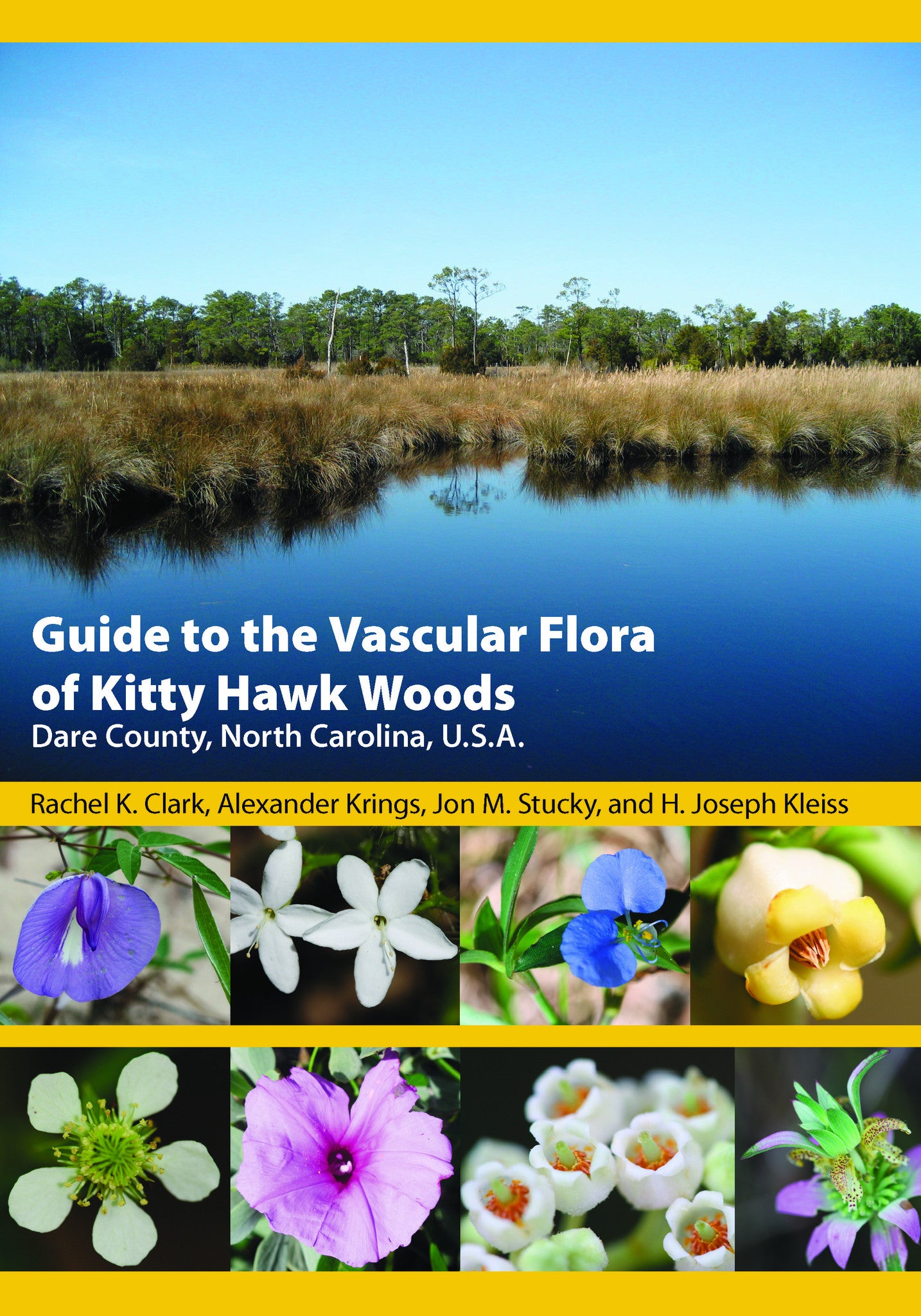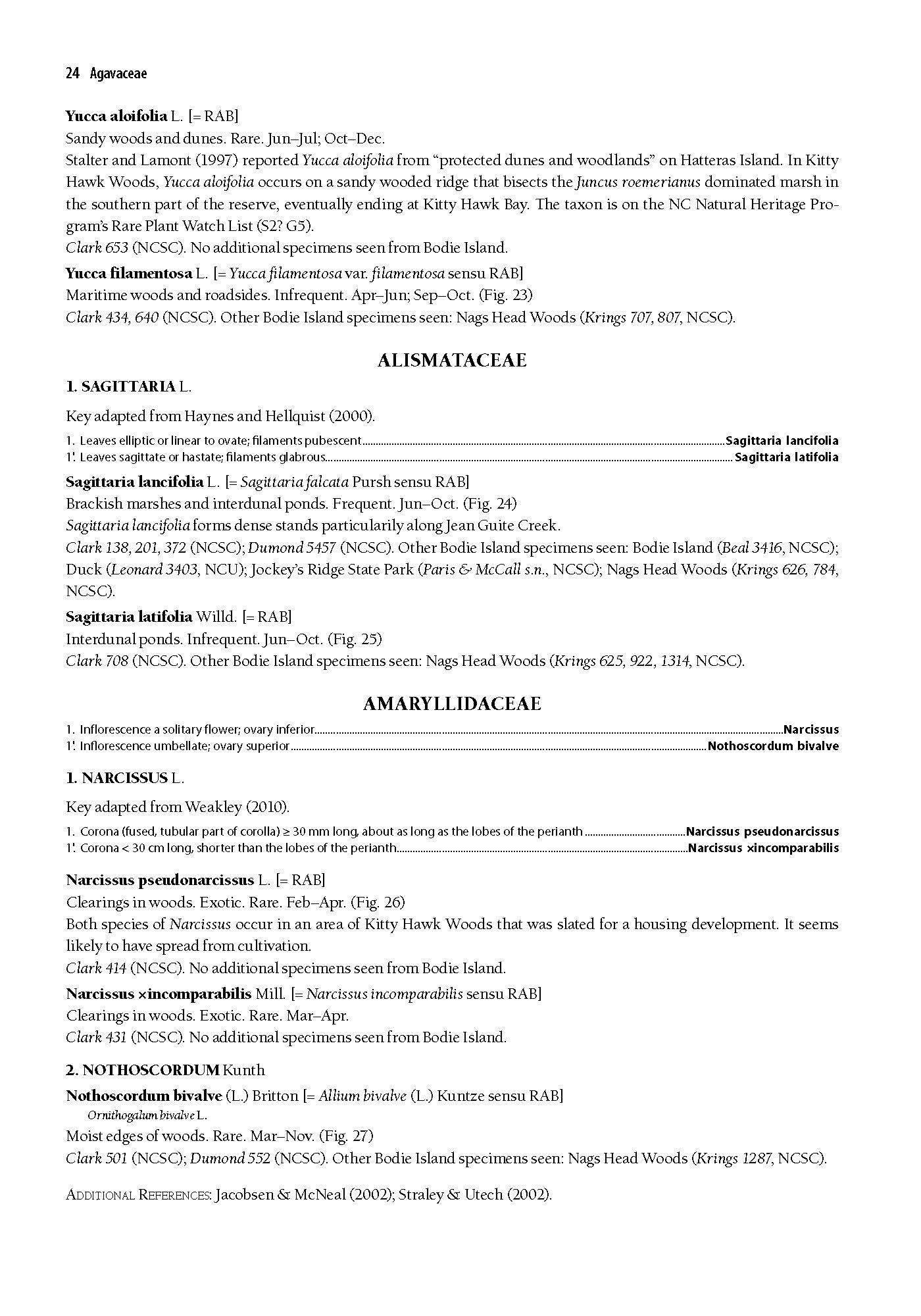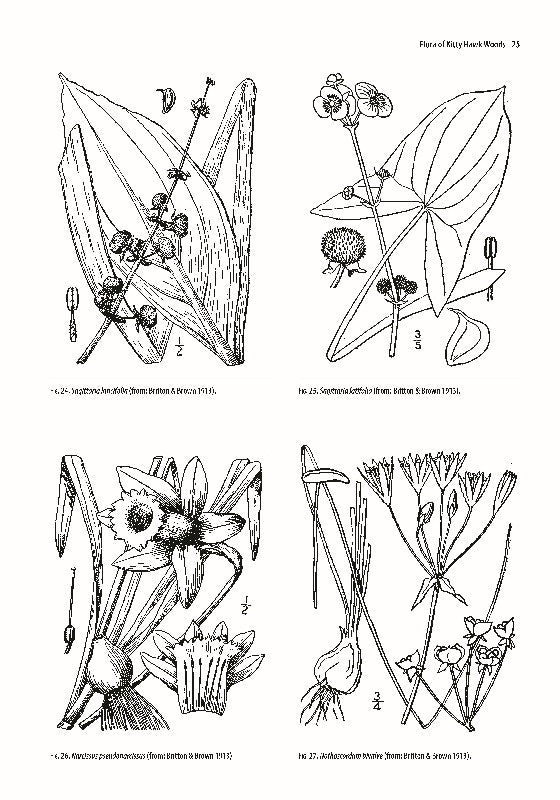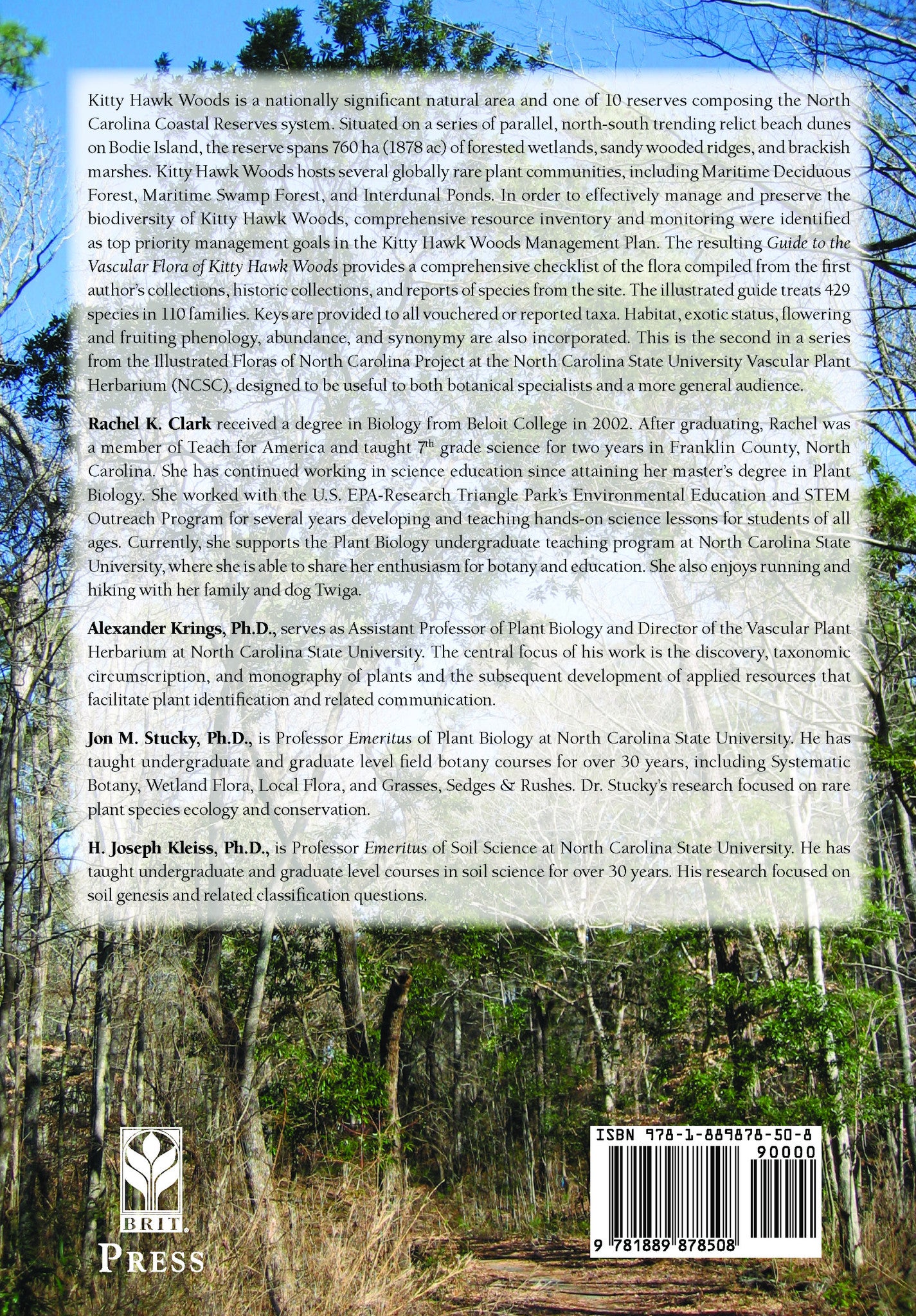Shop BRIT
Guide to the Vascular Flora of Kitty Hawk Woods
Guide to the Vascular Flora of Kitty Hawk Woods
Couldn't load pickup availability
Authors:
Rachel K. Clark
Alexander Krings
Jon M. Stucky
H. Joseph Kleiss
SBM 45
ISSN: 0883-1475
ISBN-13: 978-1-889-878-50-8
Publication Date: 31 December 2016
Copyright © Botanical Research Institute of Texas Press
Specifications: 7"×10" (pbk), 208 pp., maps, color photos, 409 line drawings
About the Book
Kitty Hawk Woods is a nationally significant natural area and one of 10 reserves composing the North Carolina Coastal Reserves system. Situated on a series of parallel, north-south trending relict beach dunes on Bodie Island, the reserve spans 760 ha (1878 ac) of forested wetlands, sandy wooded ridges, and brackish marshes. Kitty Hawk Woods hosts several globally rare plant communities, including Maritime Deciduous Forest, Maritime Swamp Forest, and Interdunal Ponds. In order to effectively manage and preserve the biodiversity of Kitty Hawk Woods, comprehensive resource inventory and monitoring were identified as top priority management goals in the Kitty Hawk Woods Management Plan. The resulting Guide to the Vascular Flora of Kitty Hawk Woods provides a comprehensive checklist of the flora compiled from the first author’s collections, historic collections, and reports of species from the site. The illustrated guide treats 429 species in 110 families. Keys are provided to all vouchered or reported taxa. Habitat, exotic status, flowering and fruiting phenology, abundance, and synonymy are also incorporated. This is the second in a series from the Illustrated Floras of North Carolina Project at the North Carolina State University Vascular Plant Herbarium (NCSC), designed to be useful to both botanical specialists and a more general audience.
Rachel K. Clark received a degree in Biology from Beloit College in 2002. After graduating, Rachel was a member of Teach for America and taught 7th grade science for two years in Franklin County, North Carolina. She has continued working in science education since attaining her master’s degree in Plant Biology. She worked with the U.S. EPA-Research Triangle Park’s Environmental Education and STEM Outreach Program for several years developing and teaching hands-on science lessons for students of all ages. Currently, she supports the Plant Biology undergraduate teaching program at North Carolina State University, where she is able to share her enthusiasm for botany and education. She also enjoys running and hiking with her family and dog Twiga.
Alexander Krings, Ph.D., serves as Assistant Professor of Plant Biology and Director of the Vascular Plant Herbarium at North Carolina State University. The central focus of his work is the discovery, taxonomic circumscription, and monography of plants and the subsequent development of applied resources that facilitate plant identification and related communication.
Jon M. Stucky, Ph.D., is Professor Emeritus of Plant Biology at North Carolina State University. He has taught undergraduate and graduate level field botany courses for over 30 years, including Systematic Botany, Wetland Flora, Local Flora, and Grasses, Sedges & Rushes. Dr. Stucky’s research focused on rare plant species ecology and conservation.
H. Joseph Kleiss, Ph.D., is Professor Emeritus of Soil Science at North Carolina State University. He has taught undergraduate and graduate level courses in soil science for over 30 years. His research focused on soil genesis and related classification questions.
